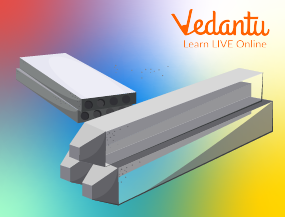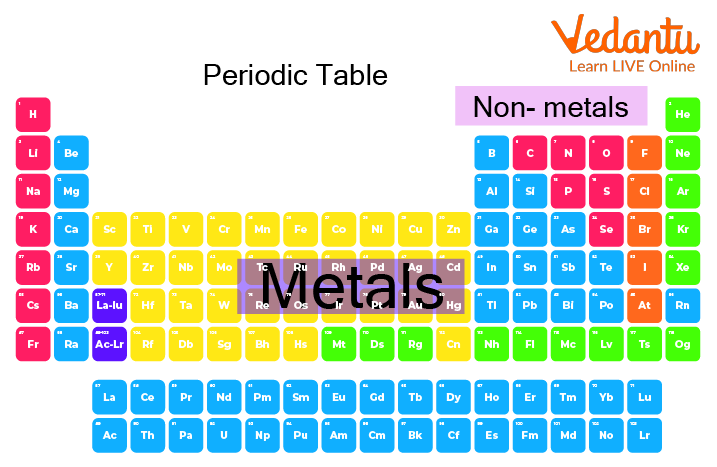




Learn about Metals and Facts Related Metals for Kids
Metals are substances that develop naturally under the earth's surface. Most metals are bright or glossy. Since they are inorganic, metals are composed of materials that have never been living. A metal is very strong and durable and therefore is used to make many things. These are used for making automobiles, satellites, cooking utensils, etc. Most metals are hard but some are not.

Metal to Steel Rods
Sodium and potassium are such metals that can be cut by a knife, whereas mercury is a liquid metal at room temperature. Iron is solid. Metals make up around 75 per cent of all chemical elements that are currently understood. Most metals are found in ores (materials that include minerals), although some, like copper, gold, platinum, and silver, are commonly discovered in the free state because they do not easily react with other elements.
How are Metals made?
Metals are naturally occurring chemical elements that are often hard, shiny, and effective heat and electricity conductors. Examples include items like iron, gold, silver, copper, zinc, nickel, etc. Sodium is a metal humans consume frequently; commonly, the soft, silvery-white metal sodium joins with chlorine to make sodium chloride, also known as table salt.
Interesting Facts about Metals
The following are interesting metal facts:
The Greek term "metallon," which means to mine, dig, or remove from the earth, is the source of the English word "metal."
Metals make over 75% of all the elements in the periodic table. Different groupings of metals, including basic metals, transition metals, alkali metals, alkaline earth metals, rare earth metals, lanthanides, and actinides exist.
Except for mercury, which is a liquid at ambient temperature, all metals are solids.
Aluminium is the most prevalent metal in the crust of the Earth.
Even though the Earth's crust is rich in aluminium, iron is the most common element, which makes up a sizable portion of the planet's core.
Only seven metals, known as the Metals of Antiquity, existed before the Middle Ages. The ancient metals' approximate discovery dates are as follows:
Gold (6000 BC) (6000 BC),Copper (9000 BC), Silver (4000 BC)
The majority of metals are efficient heat and electrical conductors.
The majority of metals may be formed into thin sheets or are malleable.
List of Metals on the Periodic Table
The list of the metals on the periodic table is as under, in increasing order:

Periodic Table Showing Metal and Non-Metal
Summary
Metals are substances that develop naturally under the earth's surface. Most metals are bright or glossy. Metals are inorganic components of the earth's crust, where they are often found as metal ores and are linked to several other elements as well as each other.
Additionally, they exist naturally in dust from the atmosphere and in the rocks that have been washed by groundwater and surface water. As a result, they are present in many processes and operations, including weathering and erosion as the composition of the earth's crust is around 75% metals. The majority of metals are efficient heat and electricity conductors and can be formed into thin sheets or are malleable.
FAQs on What are Metals?
1. What are 7 interesting facts about metals?
Metals are sometimes represented by a cloud of delocalised electrons and a lattice of positive ions. When hit, several metals produce a sonorous or bell-like sound. As a rule, metals bend rather than break because they are elastic. Semimetals sometimes referred to as metalloids, are metals with characteristics of both nonmetals and metals. Lithium, sodium, potassium, and rubidium are examples of alkali metals that are so reactive that they may burn and even explode when placed in water.
2. Write the names of the hardest and softest metals and the properties of them.
The hardest metal with the highest tensile strength is tungsten. However, it is fragile and seems to crumble upon touch. Lead is one of the softest metals, while caesium is said to be the softest of all metals. Mercury is a liquid at ambient temperature (molten). At body temperature, gallium is a liquid; however, it is solid at ambient temperature.
3. Which metal is long-lasting?
The mental that is long-lasting is chromium. Chromium is one of the most durable metals that exist because it ranks highly on the Mohs scale, a determiner of hardness.









